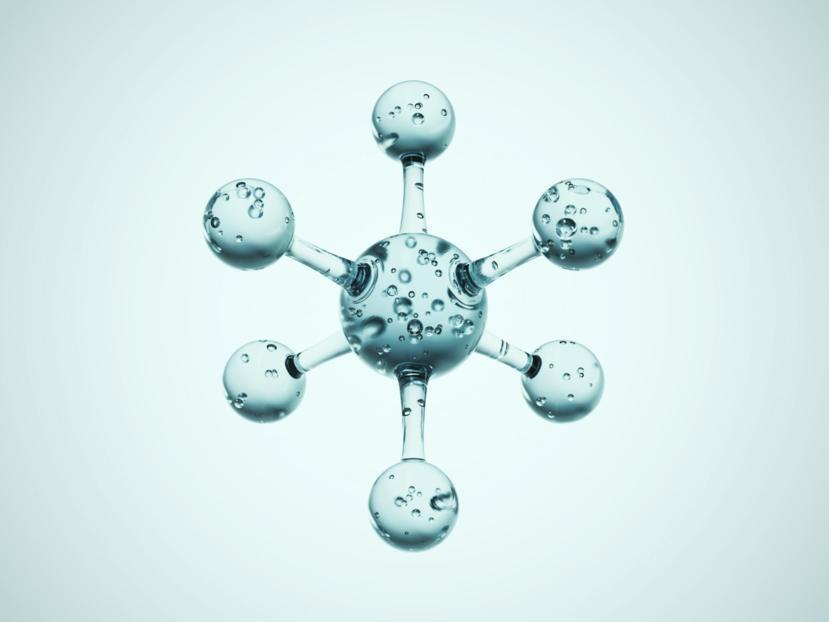The significant of hydrogen atom in the human life.

Dr. Cándido L. Otero is a retired pathologist in Orlando, Florida. Dr. Otero is a doctor who specializes in the study of bodily fluids and tissues. As a pathologist, Dr. Otero did two Fellowships, the first Fellowship was Cytopathology, the study of the cell, at Shans Jacksonville, Florida and the second Felllowship, Oncological... more
Hydrogen (H) is the simplest element in the universe. Everything is not made of hydrogen in the universe. However, the elemental mass fraction of hydrogen in the universe is approximately seventy three point nine percent (73.9 %), so almost nothing can get by without a hydrogen molecule in the universe. Hydrogen standard condition is as gas consisting of a formula H2. Since hydrogen has only one electron and one proton, it only exist in a diatonic form as molecular hydrogen. The 2H atoms combined with one oxygen molecule forms H2O which is water. Without water, life could not be sustained.
Now, the two most common methods for producing hydrogen are steam-methane reforming and electrolysis. This is splitting water with electricity. Electrolysis is a process that splits hydrogen from water by using an electric current. How water is produced from two molecules of hydrogen? To produce two molecule of water (H2O), two molecules of diatonic hydrogen (H2) must be combined with one molecule of diatonic oxygen (O2) and energy will be released in the process. The formula is 2H2 + O2 = 2H2O + Energy. Is hydrogen (H2) toxic? Hydrogen gas is non-toxic. It is lighter than air and dictates rapidly when released. Experts don't believe that hydrogen causes harm to drink with water. Indeed, hydrogen water have been reported to improve various diseases as well as tissue injuries through the anti-oxidative and anti-inflamatory properties. It helps in Alzheimer Disease, Parkinson disease, Rheumatoid Arthritis, stroke and diabetes.
The way we breathe and utilize the O2 and release the CO2 in the alveolar sac of the lung is mainly by diffusion and a chemical reaction which is enzymatic. In the lungs, at the alveolar sac wall there is an enzymactic reaction where CO2 is release forming carbonic acid by a carbonic anhydrase enzymatic reaction then obtaining O2, which travels in the blood to the tissue as oxyhemoglobin (HbH+(aq) + O2(aq) + H+(aq) = Oxyhemoglobin. So hemoglobin form a chemical reaction between hemoglobin and carbon dioxide then, carbon anhydrase, which is found in the alveolar cell wall reacts with the carbon dioxide, releasing it to the alveoli. Then, hemoglobin uptake O2 by carbonic anhydrase reaction traveling to the tissue as oxyhemoglobin, to release oxygen to the tissue. Isn't that amazing.









